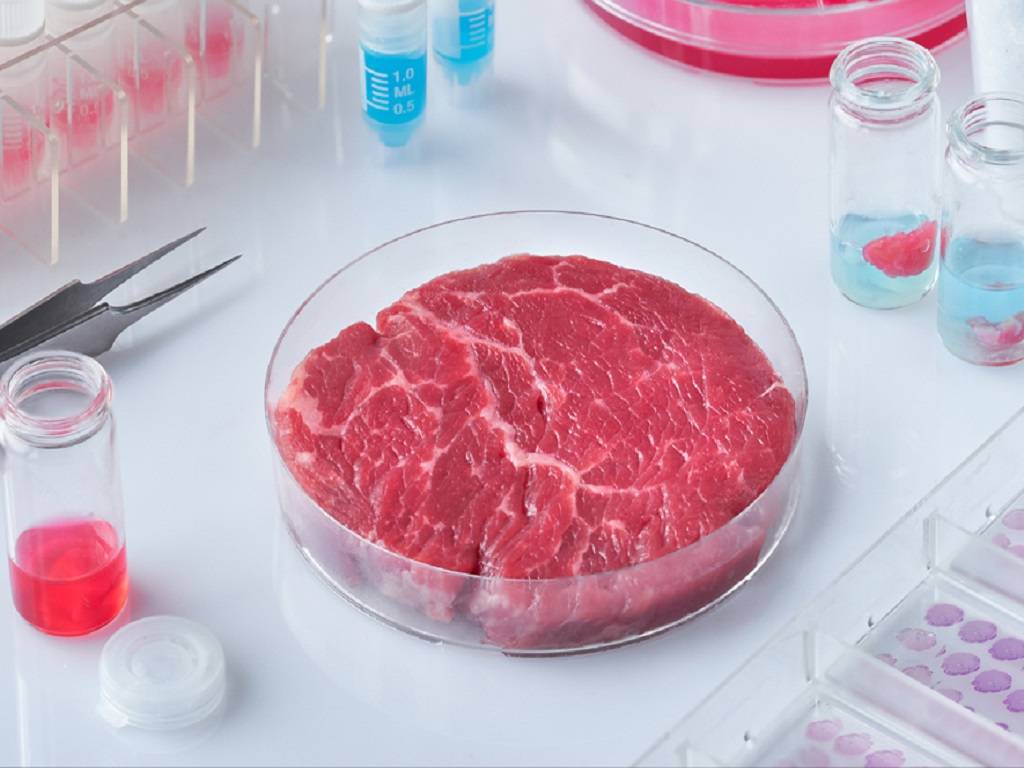
Cellular agriculture has the potential to meet rising nutrition demands while minimizing environmental effects. There is little doubt that present food consumption patterns are unsustainable for the planet, but concerns persist about whether cellular agriculture is the answer.
What is cellular Agriculture?
Cellular Agriculture is a multidisciplinary branch of science that includes biotechnology, medicine, and agriculture. It is an emerging technology that enables meat and other agricultural products to be produced from cells in a fermentor or bioreactor rather than obtained from farm livestock. It develops novel ways for producing current agricultural products, particularly animal products, from cell cultures rather than living organisms' bodies.
In other words, Cellular Agriculture is the technology that allows for the production of actual dairy products without the need for cows, eggs without the use of hens, and meats without the slaughtering of living animals.
How does it work?
Tissue engineering is used in the production of cell-based or cultured meat, seafood, and milk. Natural or genetically modified stem cells are extracted from a living animal and cultured in nutrient-rich settings in a bioreactor, employing nature's natural growth mechanisms, to generate cell-based meat. The cells develop into muscle or fat cells, which are subsequently grown on scaffolds or processed further as ground meat.
Cell-based milk is produced similarly. Mammal milk gland cells are immobilized in a hollow fiber bioreactor in this example. As an outcome, depending on the cell source, the cells release whole milk with the same macronutrient composition as a cow or human breast milk.
The same technology may be used to manufacture protein-based enzymes, silk, and leather, as well as non-protein components such as lipids or human milk oligosaccharides for breast milk substitute.
Benefits of cellular Agriculture
In the framework of our food system, cellular agriculture has enormous promise for addressing some of the most important environmental issues of our time. Animal agriculture leads to climate change, methane emissions, significant land usage, biodiversity loss, rainforest destruction, and soil pollution.
Cellular agriculture products have fewer environmental implications, a safer, purer product, and a more reliable supply than traditional alternatives. This is due to the product being manufactured under safe, sterile, and regulated settings.
Another intriguing part of cellular agriculture is the opportunity to develop and fine-tune the product. For example, you could manufacture meat with less saturated fats and more unsaturated fats, or you might make different thicknesses of leather. You may create lactose-free milk or cholesterol-free eggs.
Challenges confronted by cellular Agriculture
The most pressing issues now confronting cellular agriculture are research, regulatory issues, and consumer acceptability. To provide a supportive environment for producers and consumers, the regulatory framework for cellular-agriculture products has to be refined further. Furthermore, to secure universal acceptance of these products, consumers must be informed about and informed up to speed on the potential advantages of, and current advancements around, cellular agriculture.











